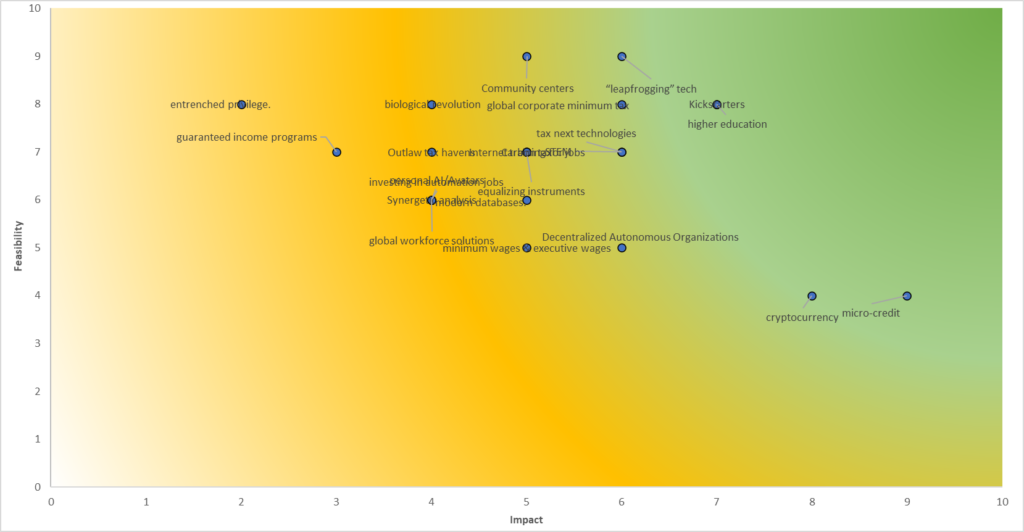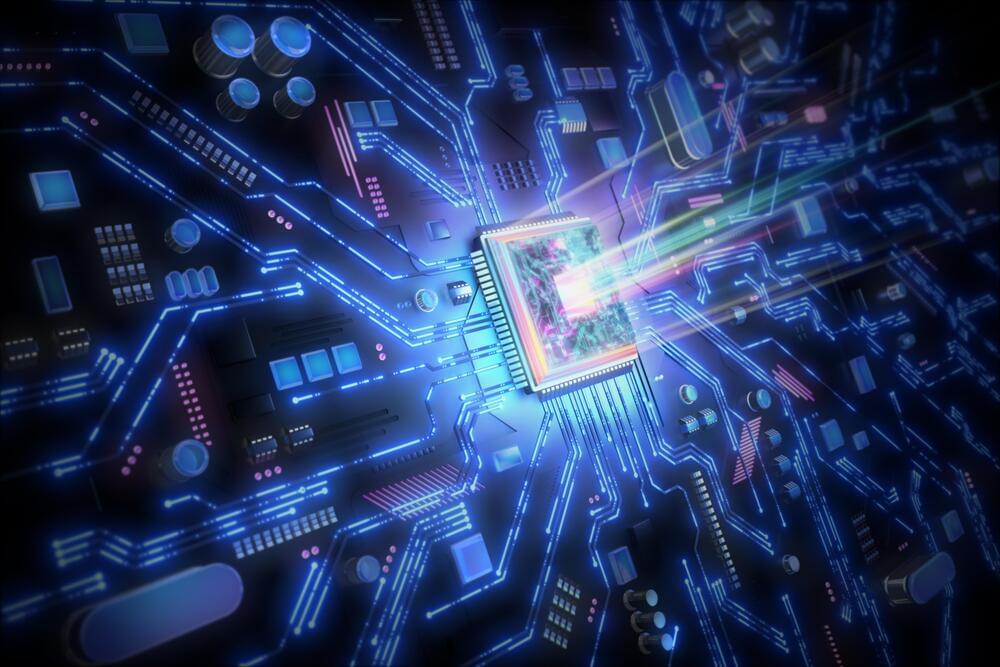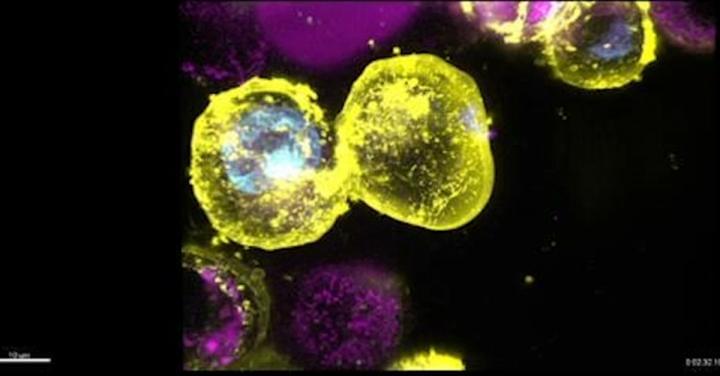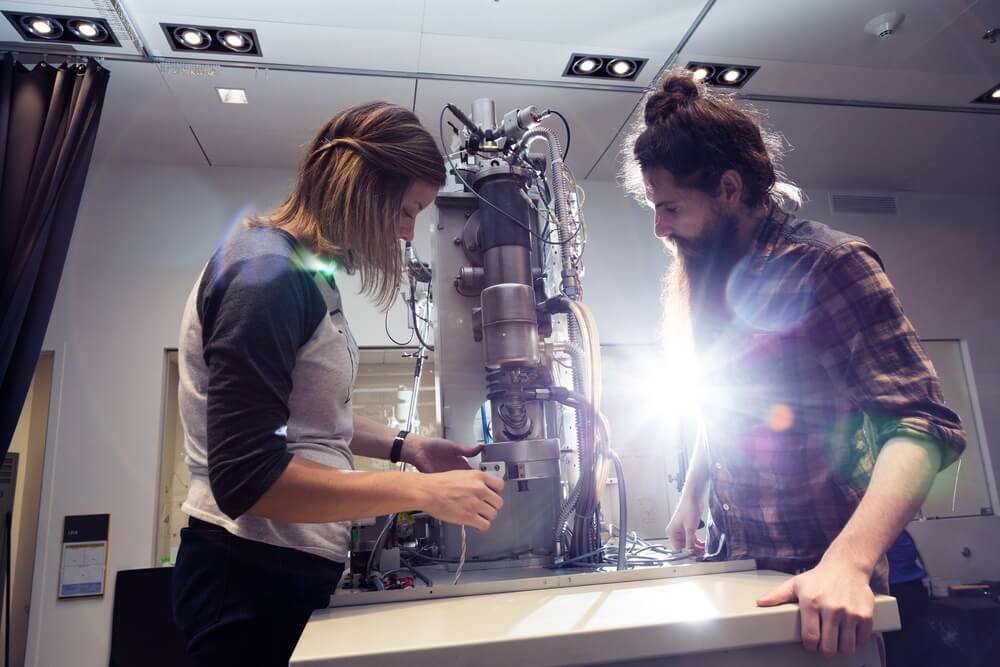When working at the Millenium Project, a global think tank that publishes reports surrounding global problems, I decided to improve the way reports were presented by ranking the actions provided by the organization to adress the problem. I focused on the 23 actions in global challenge 7 (Rich-poor gap) and created a system focusing on two aspects: feasibility and impact.
Assigning scores from 1–10 for each of these aspects made sense as an action needs to be both implemented and impactful for it to adress the problem. By researching to assign these scores and multiplying them, I could get an overall idea of where an action would compare to another one. Below is a graph summarizing my results, followed by the details behind each ranking.







